People rarely drink sparkling wine unless they have a special occasion and it seems strange, but it is a real fact. Sparkling wines are festive, but also an excellent companion to food from breakfast to dinner.
When you talk about sparkling wine, everyone thinks of champagne, but along with it there are many other nice quality sparkling wines and one of them is Cava. To find the place of this wonderful Spanish sparkling wine among the rest of the sparkling wines, we need to distinguish this wine group from the rest of the winemaker offerings.
Method of production of sparkling wine and grape varieties for it
A sparkling wine is one that has bubbles of gas in it. It is done by 2 methods.
In the first, traditional method, the bubbles are obtained as a result of the primary and secondary natural fermentation of the wine. This is a very laborious process and it can take years of trying to achieve an unique tasting sparkling wine. The process also includes additional time for fermentation in the bottle itself, aging. This way, sparkling wines develop an additional buttery taste and are very finely carbonated.
For the second method, secondary fermentation takes place in large stainless steel vessels and is mainly used to make sparkling wines from aromatic varieties, where the aim is to preserve the freshness of the grapes.
Grape varieties for sparkling wine are local, which gives each sparkling wine a distinctive taste, aroma and recognizability.
History of Cava - Spanish sparkling wine
Cava is a Spanish sparkling wine produced mainly in Catalonia, as well as in the autonomous regions of Aragon, Castilla-Leon, Extremadura, Rioja, Navarra, Valencia. Cava is more a name of the production method than of a region.
Cava in Spanish means underground cellar in the sense of a wine cellar, not in the sense of a producer. The name is relatively new, from the middle of the last century, and comes after the French successfully protected their champagne brand for sparkling wine.
The origin of Cava was discovered in the 19th century. In 1850, Luis Justo Villanueva presented the technology of Cava production. According to him, one should first take non-sparkling wine, then pour it into a thick-wall bottle, add a mixture of yeast and sugar and leave it in a cool cellar.
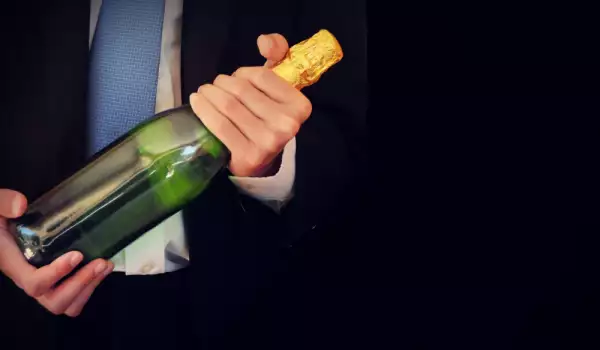
In any such bottle, fermentation will begin, the yeast will absorb the sugar, which will add several degrees of alcohol to the wine, as well as magical bubbles. Of course, many attempts were made before the successful presentation of the wine known today as cava was achieved.
The big breakthrough came in 1872, when Raventos attempted to make quality sparkling wine in the Penedes region. Then he left wine from his cellar for secondary fermentation in a bottle and in 1879 he sold the first 12 bottles. In the following six years, Raventos significantly improved production. He died in 1885, but his heirs continued his work and today the winery he created is among the leading producers of Cava.
Grape varieties for Cava production
Legislation has defined 9 grape varieties that can be used to produce this Spanish sparkling wine. Five of them are white and four are red varieties, but practically all Cava wines are made from three varieties - Xarello, Macabeo and Parellada.
- Macabeo is the variety that gives the wine its floral aroma. It is more unpretentious than the other two and is responsible for the freshness and acidity in the wine. This main grape variety in cava has a lemon flavor and a slightly bitter finish that is also found in the wine.
- Xarello gives the density and the ability for the wine to age. From it comes the characteristic earthy aroma.
- Parellada is a light and fresh variety that makes the wine mellow and light, this variety also has a spicy citrus taste.
These three varieties are usually blended to give the balanced fruit flavor of Spanish Cava, which is less sweet than Prosecco and not as nutty as vintage Champagne. The impression is of a non-sweet sparkling wine, very close to the taste of French champagne.
Cava production
Cava is produced using the traditional method of sparkling wine in France, that is, it is produced in the same way as Champagne, but with different varieties and in a different place.
In sparkling wines, the degree of sweetness is important. The sweeter options soften the aroma and make cava wines particularly suitable for a casual drink at a party. They are also more suitable for pairing with food and whole menus with sparkling wine for each course are no longer a manifestation of eccentric behavior.
Aging - the minimum aging period for cava is 9 months. This category is simply called Cava and about 87 percent of all production. This wine is suitable for everyday.
The next category is Reserva, the wines are aged for 15 months. They already have flavors of dried fruit, nuts and caramel.
The wines aged 30 months are from the Gran Reserva category and are much more complex. The aroma is dominated by nuances of bread and cocoa and there is also a hint of dried fruit. Such wines account for about 2 percent of total cava production.
In 2018, a new category of cava was introduced in Spain - Cava de Paraje Calificada. These are top wines aged on lees for at least 36 months.

The similarities between cava and French champagne continue with the glasses in which it is served - they are the same, as well as the temperature - the glass should be very well chilled, but not frozen. If it is too cold, its main flavors will be masked.
Place and importance of cava among other sparkling wines
From a consumer point of view, cava is way ahead of champagne. This sparkling wine is cheaper and in terms of quality, it is not inferior to other sparkling wines.
Cava is the second most important sparkling wine in the world and its popularity is constantly growing. In 1980, there were only 8 producers of this type of wine and now there are over 270. Currently, Spain is the second largest producer of sparkling wine in the world and a huge amount of the production is precisely cava.
The latest data indicate that more than 200 million bottles are produced in the country annually, with no more than 7-8 percent for export. Cava is drunk absolutely everywhere in Spain. Consumption is on a huge scale and tourists also contribute to this, but it is mostly the Spaniards themselves who drink cava. However, this is not related to any particular tradition, but to the fact that cava is an excellent drink. This is also known in the USA, where it is the championship of use of cava in countries outside of Spain, and Russia takes second place among the countries where this Spanish wine is appreciated.
How to drink cava?
Cava, like all sparkling wines, is a versatile drink that can be drunk on its own as an aperitif. However, it pairs well with fish and also with fried crispy foods. Freshwater fish also fall into the category, as does sushi. The delicate dishes of Chinese cuisine like the company of cava, which participates at various tables, mainly with the dry versions of the sparkling wine, typically with up to 12 grams of residual sugar.
Read more:

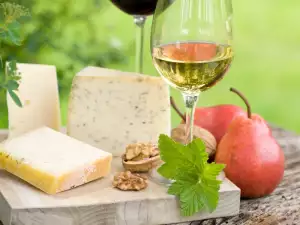

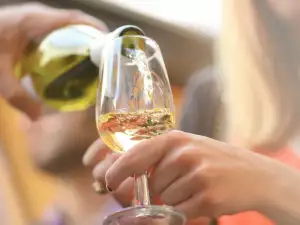
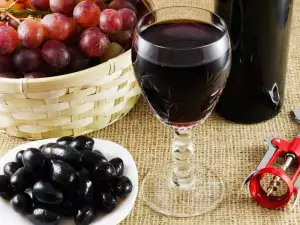
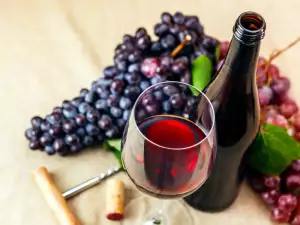
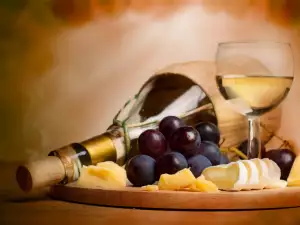
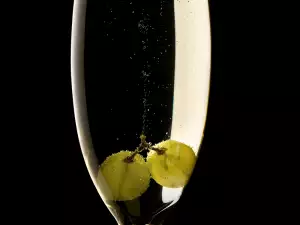
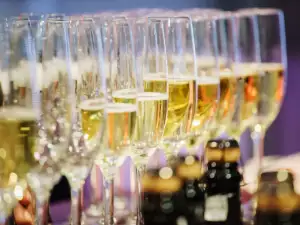
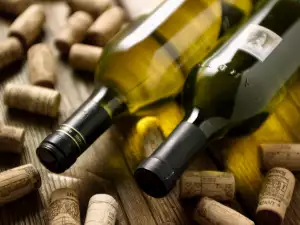
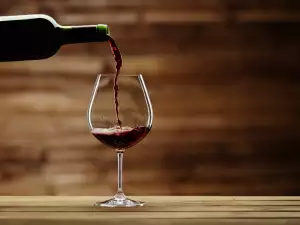
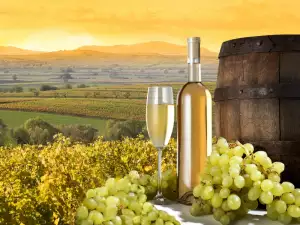


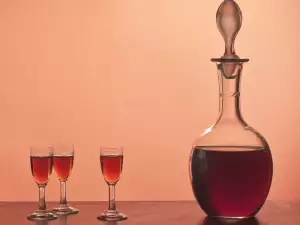
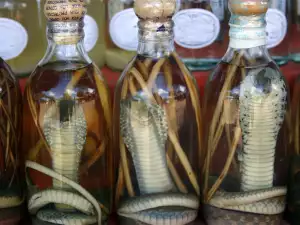




Comments